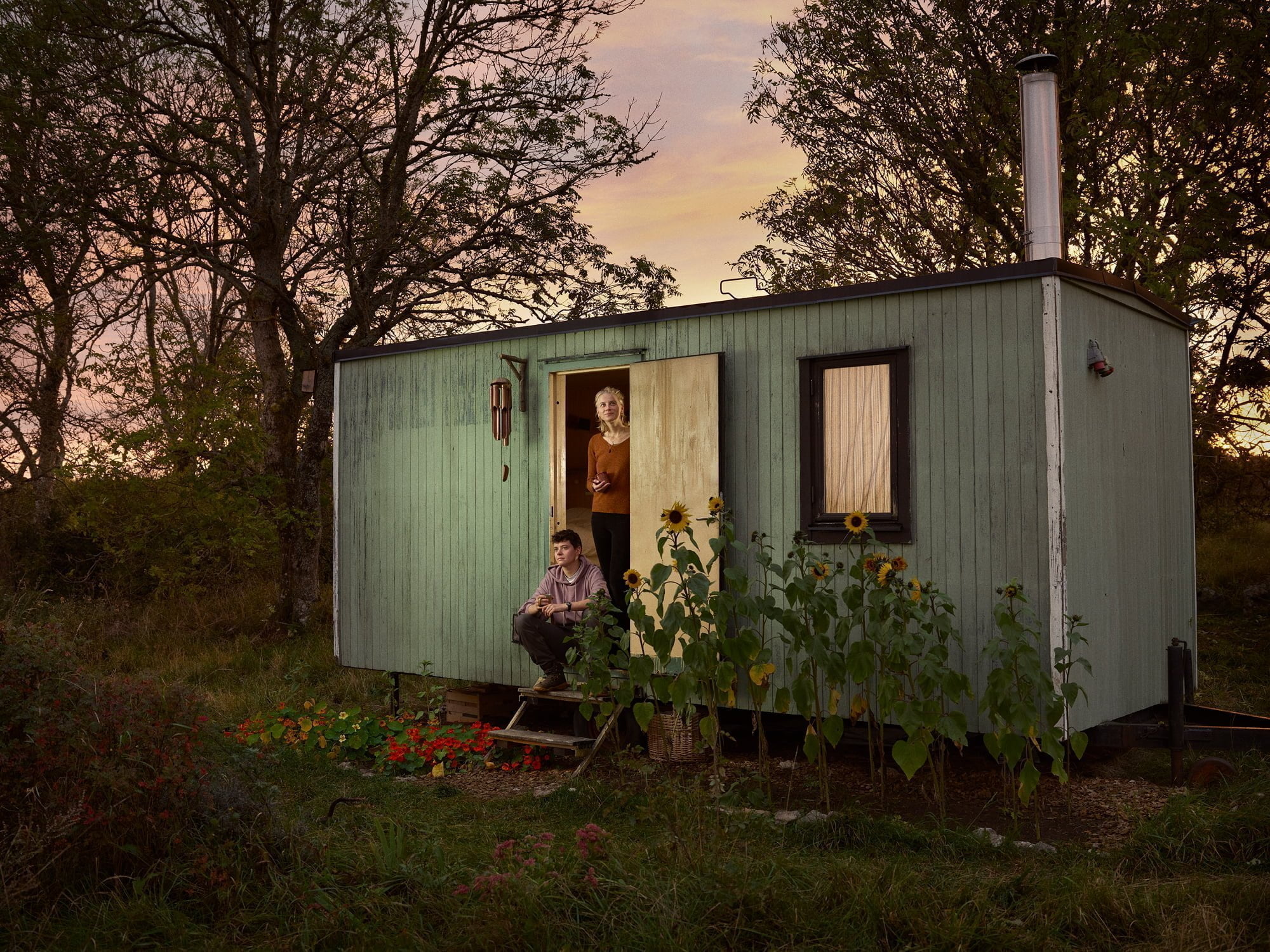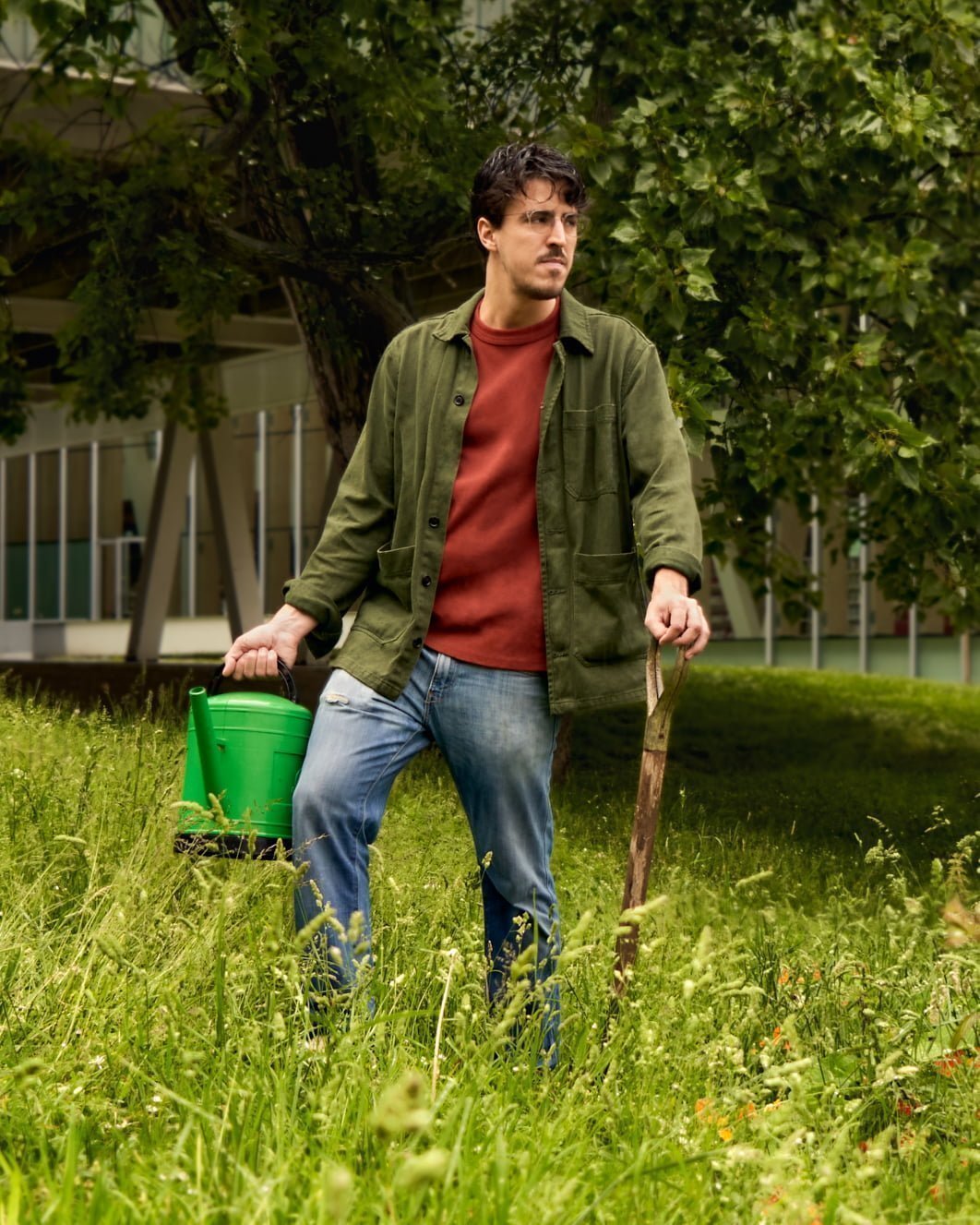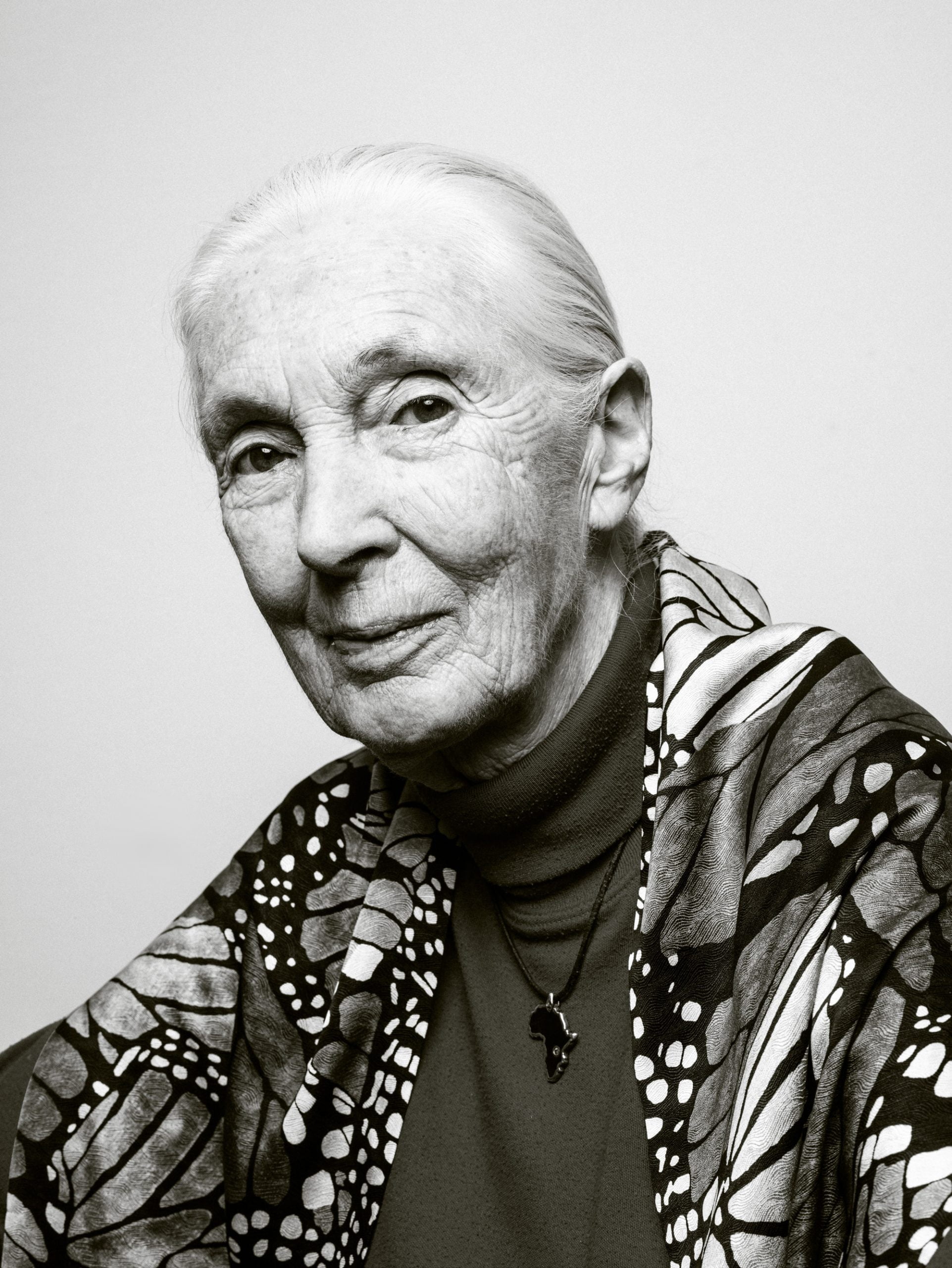In India, Ecuador and Spain, forests, rivers and lakes are being given legal rights, in the hope of protecting them against pollution, destruction and exploitation. But what it does it mean for a tree or a waterway to have ‘rights’? And can our legal systems really empower the natural environment to defend itself?
With their bewildering variety of birds, butterflies, orchids, ferns and primates, the cloud forests of Ecuador are more alive than almost anywhere else on Earth.
So it makes sense that these forests now benefit from something previously reserved for people: constitutionally protected rights.
In 2008, Ecuador became the first country to recognise the rights of nature in its constitution. Last year those rights helped protect the Los Cedros reserve from a mining company with its eye on the gold and copper hiding in its rocks.
Environmental groups asked the country’s Constitutional Court to step in, and in December 2021, the court ruled that the forest’s rights must be respected. Los Cedros is not the only natural entity to seek legal support to stand up to the destructive forces of capitalism. Around the world, rivers, animals, plants and ecosystems are gaining protections, thanks to what’s known as the ‘rights of nature’ movement.
It’s a movement grounded in familiar principles of justice: you can’t rob someone’s house and just get away with it, so why should you be able to rob a forest of its resources? If crimes like murder, arson, and trespassing come with criminal sentences, what’s the difference when those same crimes are committed by companies against animals, trees or rivers?
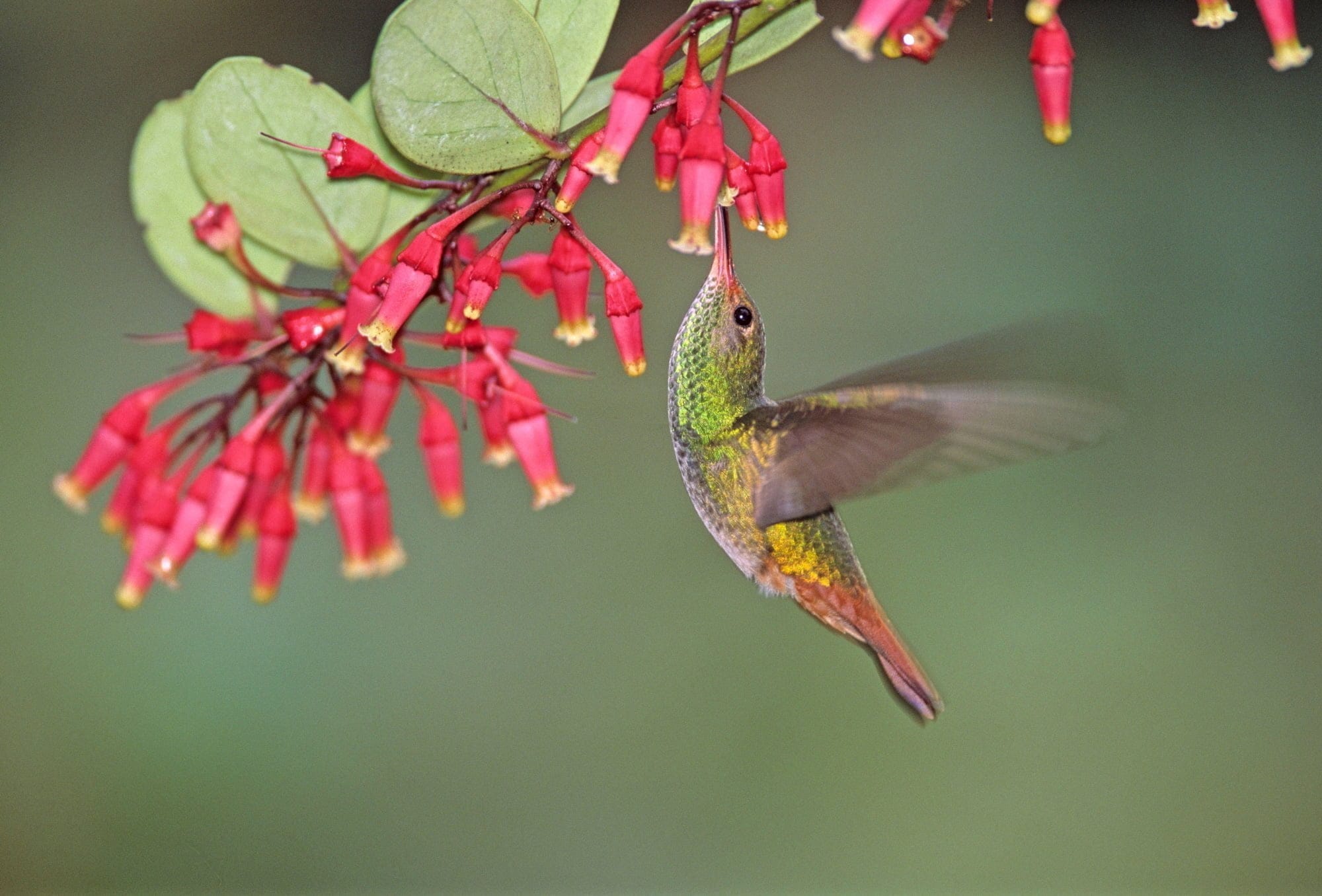
Chile is in the process of drafting a new constitution that emphasises the rights of nature, saying human survival depends on it. Nearby Panama is a step ahead, having signed legislation at the start of this year that gives nature the “right to exist, persist and regenerate its life cycles”. And in February, a top court in India ruled that “Mother Nature” had the same rights as a person under law.
Around the world, at least 17 countries have introduced some form of nature rights law, from the US to New Zealand. As well as introducing broad legislation, some specific natural objects have been working to secure their individual right to exist – India’s Ganges and Yamuna rivers have been recognised as legal persons since 2017 (legal ‘personhood’ already applies to companies and governments, which is surely no stranger than applying it to a river), while in April, Spain’s Mar Menor lake became the first ecosystem in Europe to gain the same legal standing as a person or organisation.
“We need to really give a meaning to what nature rights are about”
Marie Toussaint, Member of the European Parliament
While the idea has continued to build momentum over the years, question marks remain over just how effective it can be. “Everywhere around the world there are some laws to protect nature. But it’s not working,” says Marie Toussaint, a Green Member of the European Parliament for France. “That’s why we need to really give a meaning to what nature rights are about, and how we can defend them.”
Indeed, one of the things that makes the Los Cedros case so unusual is that it actually resulted in a victory.

The legal struggle is real
In 2020, campaigners in the United States working to protect the waters of Lake Erie learned the hard way that securing a natural entity’s right to exist isn’t the legal ‘gotcha’ it was hoped to be. Citizens of Toledo, Ohio had voted in favour of a “bill of rights” giving the same rights as a person to the lake on whose banks their city stands. But the very next day, the law was challenged by local farmers, and put on hold awaiting a further court decision. A year later it was struck down by a federal judge who called it “unconstitutionally vague”. Apart from some nice headlines about the lake that – briefly – was granted ‘human rights’, nothing really changed.
Just last month, a similar action in Florida that aimed to block a proposed housing development in an area of wetlands, was also struck down. The natural features whose ‘rights’ were at stake were two lakes, two streams and a marsh. The man acting on their behalf was environmentalist Chuck O’Neal.
“I always saw the rights of nature as a fire extinguisher: in case of emergency, break glass,” says O’Neal. When he heard that his home county in Florida was due to review the charter that defines its local government and the rights of its citizens, he seized the moment. Together with other local activists, O’Neal proposed extending rights to the county’s waterways too. Section 704.1 of the Orange County Charter was duly passed by 89% of voters, giving all waterways the right “to exist, flow, to be protected against pollution and to maintain a healthy ecosystem”.
But it was already too late. Groups representing farmers, businesses, developers and even the National Rifle Association had gotten wind of the plan, and before the charter was even approved, it was overridden by a law passed in Florida’s state legislature, prohibiting the granting of rights to any “part of the natural environment”.
O’Neal doesn’t regret anything. “This was an attempt to push forward an idea whose time has come. It was rejected, yes. But look at history,” he says, pointing out that rights for African Americans and women were also hard-won. “You have to run to the biggest bully and throw the first punch on his nose. And it definitely shook up the development community here – they were all watching the case.”
He hopes the threat of legal complications, delays and bad press might deter developers or their investors. So far, the Orange County case has delayed work on the proposed project by a year, and an appeal to the decision could add several more years to the timeline.
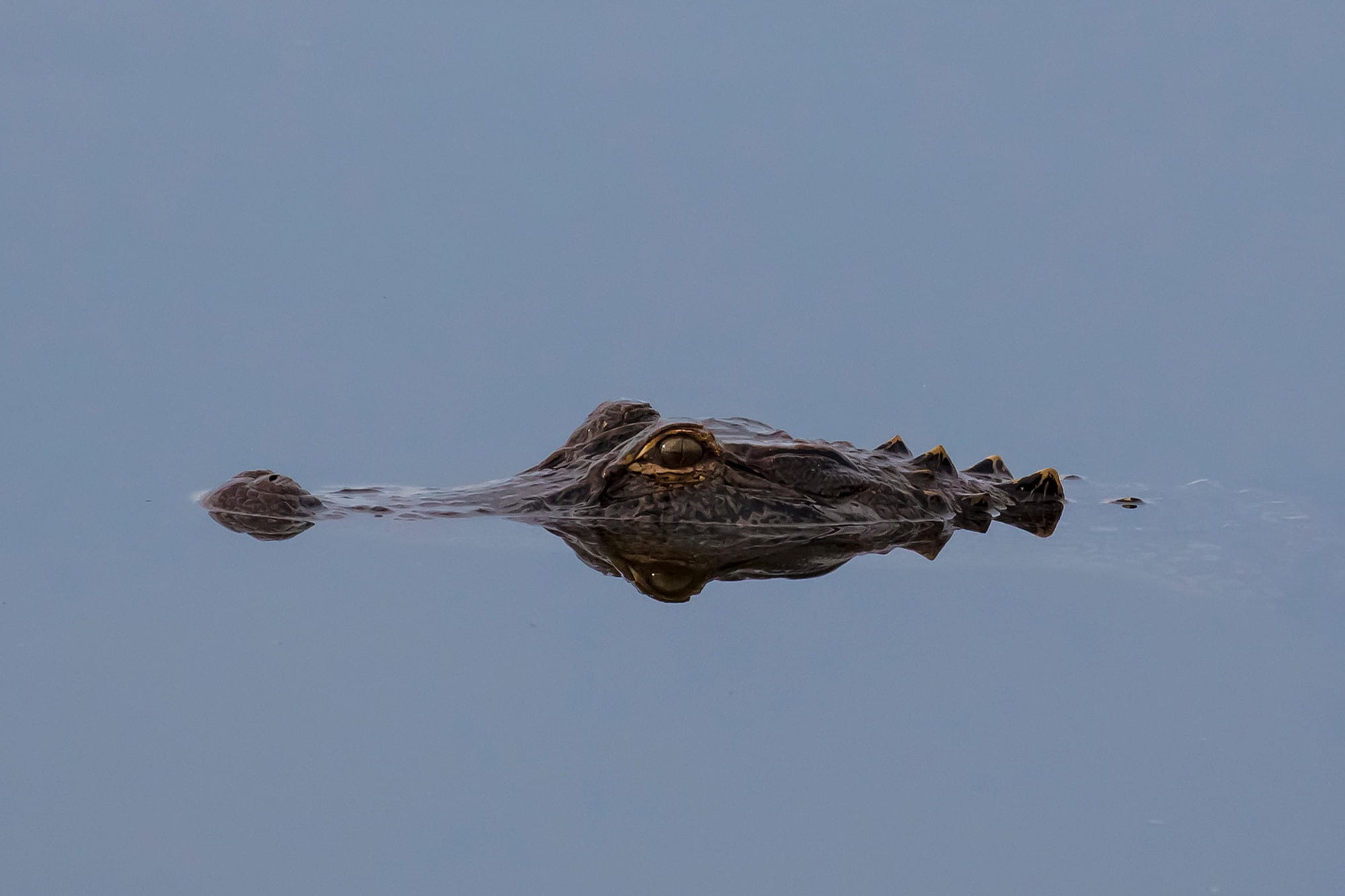
The legal system’s shortcomings
Cases like these run into challenges even at the basic level of definitions: calling a river a ‘person’ doesn’t make it an actual person. How can legal concepts designed for human beings do justice to a flow of water? Besides, as every parent has to teach their kids, rights come with responsibilities. When discussing the cases of the Ganges and Yamuna rivers, India’s Supreme Court raised the question of who would pay for damages in the event of flooding. The rivers?
Toussaint agrees that “the rights of nature is still an emerging concept. We still have to put a common definition behind it.” To make it more concrete, she wants all the EU’s 27 member states to recognise nature’s rights, and has been campaigning for an EU-wide Charter for the Rights of Nature.
Campaigners fighting for the rights of nature shouldn’t expect immediate results. For one thing, it still takes good old-fashioned detective work to prevent damage. A key piece of evidence for the team defending Los Cedros in Ecuador was a population of endangered brown-headed spider monkeys. “We found out that when the primate wasn’t there, the seeds of the hardwood species in the forest weren’t being transported,” says Mika Peck, a senior lecturer in biology at the University of Sussex, who has helped train ‘paraecologists’ in Los Cedros. “So you wouldn’t get hardwood generation if you didn’t have that ecosystem engineer, the primate.”
But while it took more than a decade for Ecuador’s nature rights law to be tested in court, it has long been making an impact behind the scenes, says Mari Margil, the executive director of the Community Environmental Legal Defense Fund. Margil worked with Ecuador’s constituent assembly when it drafted the new constitution in 2008, and her organisation is now helping the government incorporate new standards into environmental laws, and budget for the protection of nature’s rights. She says: “They have the constitution in place, and now part of the job of moving forward in Ecuador is: how do we properly enforce these rights? And how do we properly implement them?”
“Change occurs over time,” she says, “maybe beginning with one ecosystem to recognise the legal rights of a river, for example. In itself, [that’s] an enormous achievement, and then you can build out beyond that to other ecosystems or nature as a whole.”
“Humans don’t make really big shifts very quickly.”
Get involved
If you want to support the rights of nature movement, get involved with the Global Alliance for the Rights of Nature (GARN). Its activities include running ‘tribunals’ that hear cases on ecosystems at risk, and consider the rights of the natural features at stake, as a way of highlighting the threats to our natural world if we leave it unprotected.
garn.org